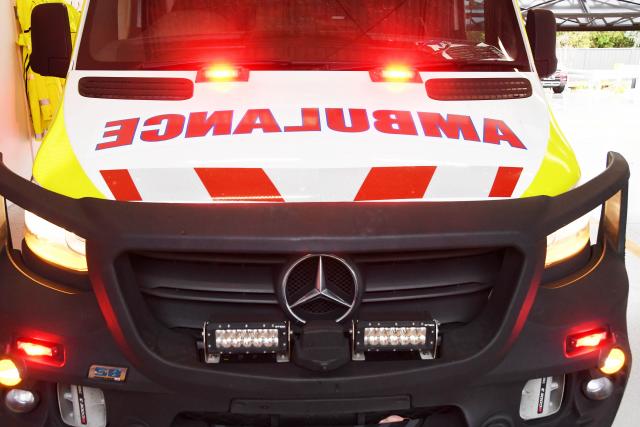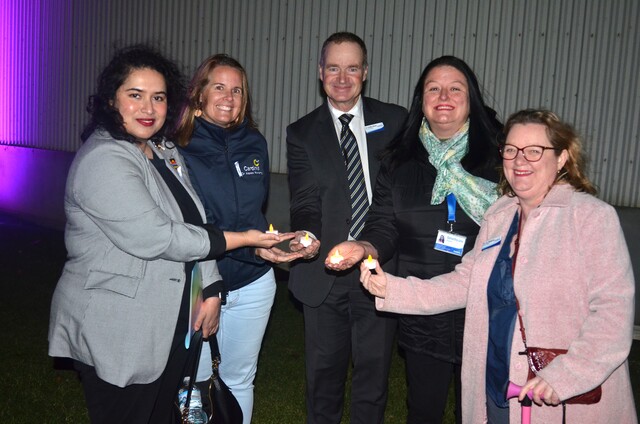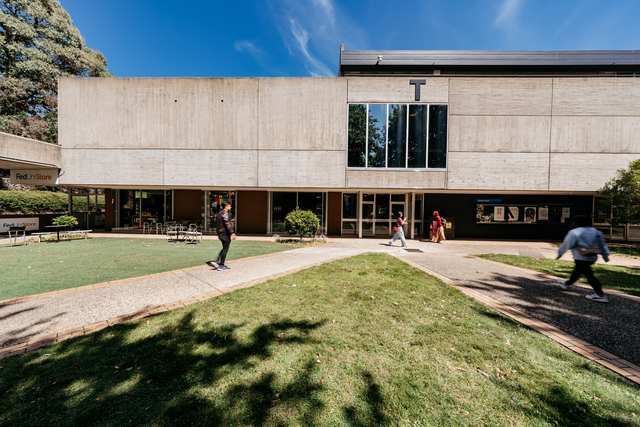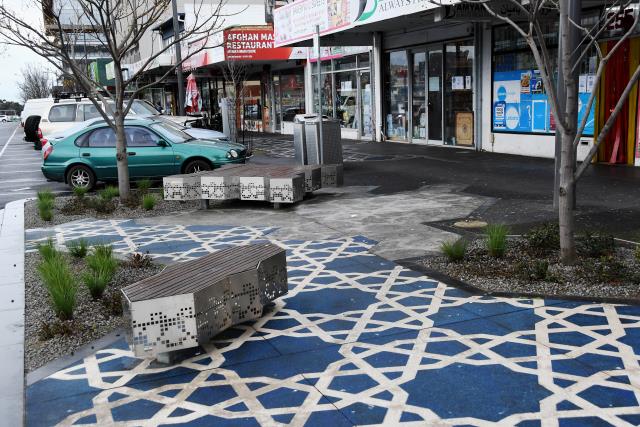Ambulance Victoria’s average Code 1 performance times in Cardinia have ballooned by 8.7 per cent during the April to June 2024 period compared to the previous quarter, with the average response time three minutes and 21 seconds above the target of 15 minutes.
The figures for the April to June period showed paramedics responded to 50.2 per cent of Cardinia’s Code 1 patients within 15 minutes, which was a 7.1 per cent decrease compared to the January to March period and a 1.5 per cent improvement compared to the same period last year.
The average response time in Cardinia over the April to June period was 18 minutes and 21 seconds across 1814 responses, while the average response time over the January to March period was 16 minutes and 52 seconds across 1654 responses.
In Casey, the figures for the April to June period highlighted paramedics responded to 62.8 per cent of Code 1 patients within 15 minutes, which was a 1.6 per cent drop in performance compared to the January to March period.
The average response time in Casey over the April to June period was 15 minutes and 31 seconds, which was a 4.2 increase compared to the January to March period.
Across the April to June period, paramedics responded to a total of 5383 Code 1 patients, which highlighted a 14 per cent increase compared to the January to March period.
In the Drouin urban centre and locality (UCL), 70.5 per cent of Code 1 responses occurred within 15 minutes, with an average response time of 15 minutes and three seconds, which represented a 3.5 per cent decrease in cases responded to within 15 minutes compared to the January to March period.
In terms of Code 2 patients, Cardinia’s response times also surged past the 45 minute target, with an average response time of 45 minutes and 56 seconds across 725 responses, which showed paramedics arrived six minutes and 53 seconds later than the average response time during the January to March period, and three minutes and 16 seconds more the figures from the same period last year.
However, in the Drouin UCL, Code 2 responses have improved slightly over the past year, with an average response time of 40 minutes and nine seconds within the April to June period, which was one minute and 40 seconds quicker than the January to March period.
Victorian Ambulance Union (VAU) general secretary Danny Hill said the new figures would have presented no shock to working paramedics across the state.
“The entire workforce has been screaming ’iceberg right ahead’, and now the ship is sinking,“ he said.
“Paramedics are spending more time ramped at hospital, more time being sent to trivial cases and less time responding to genuine emergency patients.“
The figures have arrived on the back of the VAU’s vote of no confidence in the Ambulance Victoria executive.
The VAU conducted an SMS poll of its AV members and asked if they had lost confidence in Ambulance Victoria’s executive and would support the union in requesting the board and Ambulance Services Minister Mary-Anne Thomas take urgent action to appoint new management.
Out of some 4200 members who responded to the poll, 97.8 per cent voted to endorse the vote of no confidence.
Mr Hill said the union and its members were tired of being told declining performance figures were out of Ambulance Victoria’s control.
“Ambulance Victoria is an emergency services,“ he said.
“That’s what taxpayers pay for, but the workforce feel that the current executive are taking Ambulance Victoria in a different direction and patients are suffering, which is why so many paramedics are calling for the government to take action.“







